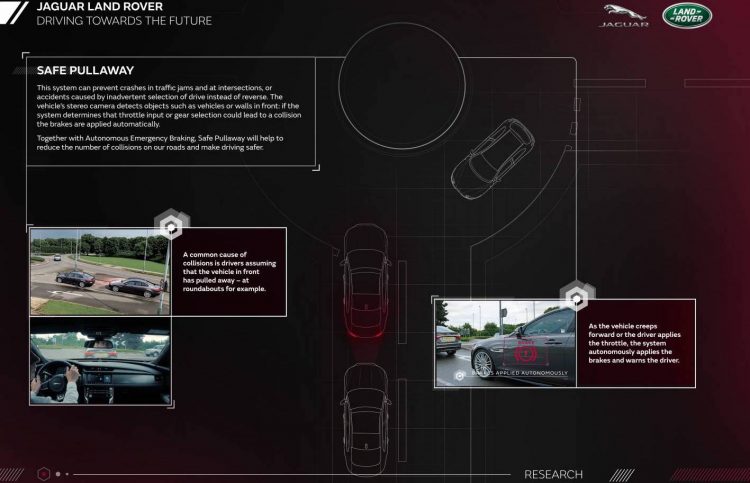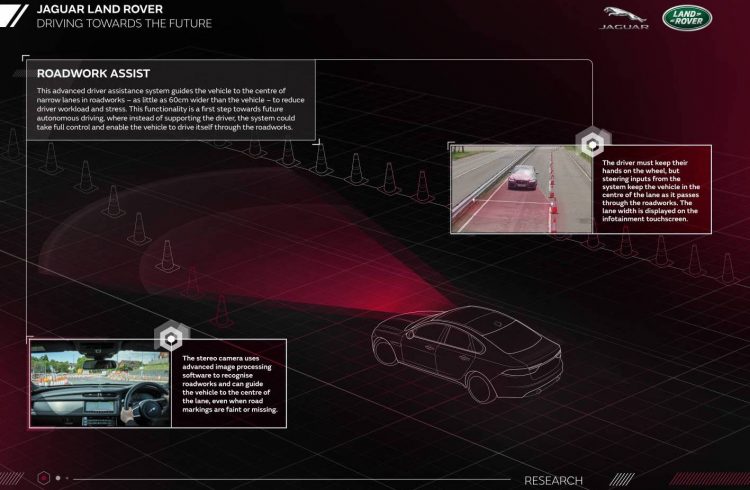Jaguar Land Rover has announced it will soon begin testing a fleet of around 100 autonomous vehicles to fine-tune its CAV (Connected and Autonomous Vehicle) capabilities.
JLR is currently in the process of creating a one-hundred vehicle fleet, fitted with its CAV array of sensors, 3D cameras and communication software, as well as securing a new 65km testing loop.
Tony Harper, JLR’s head of research, says the first tests will focus on fine-tuning the vehicle-to-vehicle and vehicle-to-infrastructure communication, that could eventuate in significantly more ‘connected roads’, according to Mr Harper.
“Our connected and automated technology could help improve traffic flow, cut congestion and reduce the potential for accidents. We will also improve the driving experience, with drivers able to choose how much support and assistance they need. In traffic, for example, the driver could choose autonomy assist during tedious or stressful parts of the journey.”
He continued to explain that the feature can also anticipate dangers, saying; “Even when an enthusiastic driver is fully focused on enjoying the thrill of the open road, the new technology we are creating will still be working in the background to help keep them safe. Because the intelligent car will always be alert and is never distracted, it could guide you through road works and prevent accidents.”
Jaguar Land Rover is also testing out several other aspects of its CAV system, like roadwork assist which uses a forward-facing camera to generate a 3D layout of the road conditions, using advanced image processing software. The software then emphasises traffic cones and barriers, and can also slow the vehicle down when approaching a narrowing road and take control of the steering wheel.
JLR says testing out its new ‘Safe Pullaway’ system will help to curb the amount of accidents resulting from drivers mistaking drive and reverse gears. Using the same array of sensors and cameras, the vehicle’s ECU can detect obstacles like pedestrians, other vehicles and objects, and if the vehicle’s throttle is applied in an unsafe situation, the vehicle will know to hit the brakes to avoid an incident.
The 65km loop reserved for JLR’s road testing is a key part in development of JLR’s new ‘over the horizon’ feature, which uses radio signals transmitted between vehicles in order to warn the driver. If another vehicle is around a bend, or over the horizon as the name would suggest, the two-way communication allows the vehicle to warn the driver with a “hazard ahead” visual and audio cue. As R&D director Tony Harper explains;
“Over The Horizon will make driving safer and could help prevent traffic jams and accidents. Providing the right information at the right time will enable better and safer decision-making, whether the car is driven by a human or is autonomous.”
And finally JLR will be looking at fine-tuning its emergency vehicle warning system which can connect a driver to police, ambulance and fire services, as well as broadcasting a signal to approaching vehicles. Take a look at the videos below for more insight.



